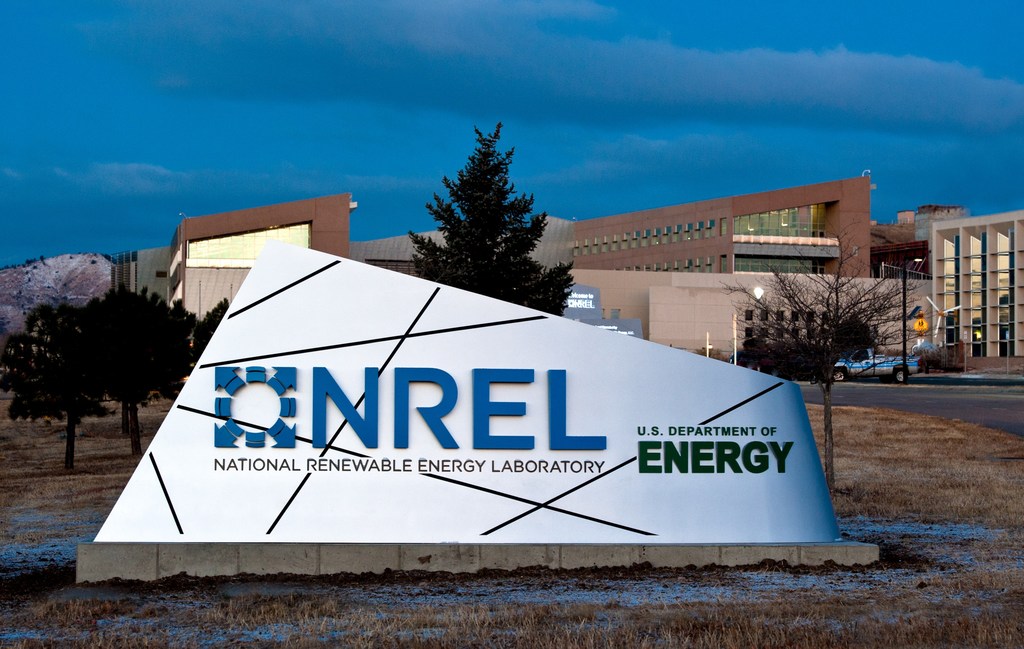
Artificial intelligence (AI) could play a key role in reducing the number of wildfires in the United States caused by faulty power lines. Each year, tens of thousands of wildfires threaten lives, wildlife, and infrastructure, with some igniting from degraded or downed electrical equipment.
The U.S. Army Construction Engineering Research Laboratory (CERL) is funding a project at the National Renewable Energy Laboratory (NREL) that uses machine learning to detect potential fire hazards from power lines. This project targets high-impedance (HiZ) faults, which occur when an energized wire is in contact with the ground, creating sparks that can ignite wildfires. Traditional methods struggle to detect these low-energy faults, but advancements in AI may offer a solution.
Richard Bryce, a senior researcher at NREL, noted the project’s goal: “The intention here is to enhance resilience in the power system and to enable faster responses during extreme events.” By providing utility companies with improved tools for monitoring and managing power systems, the project aims to enhance reliability and reduce the risk of fire-related incidents.
NREL has partnered with Eaton, a power management company, to simulate various real-world scenarios that could lead to HiZ faults. These simulations allow researchers to train AI models to identify potential faults more effectively. The result is a tool that utility companies can use to prioritize quick responses to faults, potentially preventing both outages and wildfires.
The team is now collaborating with utility companies across the U.S. and internationally to broaden the application of this technology. As AI technology continues to develop, it holds promise for improving energy infrastructure and may significantly help in lowering annual wildfire occurrences.


